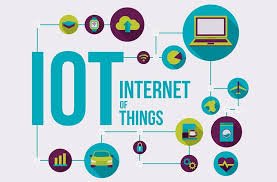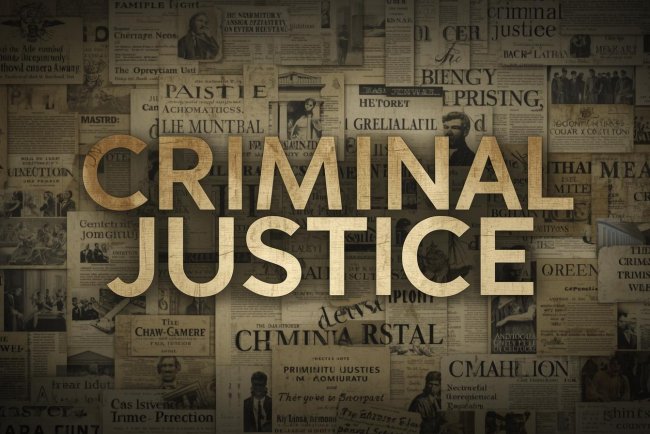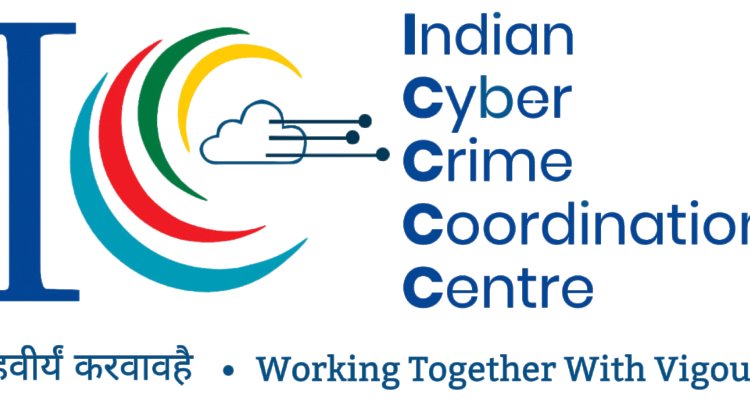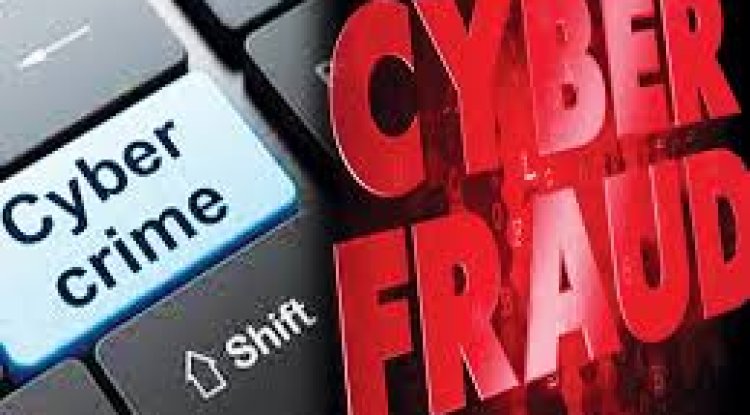IoT Forensics: Unlocking Digital Clues at Modern Crime Scenes
The term "Internet of Things" (IoT) describes networked smart gadgets that gather and exchange data online, such as smartwatches, security cameras, and home assistants. In contemporary crime scene investigations, these gadgets are turning into more and more useful sources of digital evidence.

Since the Internet of Things (IoT) provides location-based, behavior-driven, and real-time digital evidence that conventional forensic techniques would overlook, it is becoming an increasingly important and significant part of forensic science. Digital traces left by smarter houses, vehicles, and even wearable technology can assist investigators in reconstructing events, confirming alibis, or revealing covert activity.
Common IoT Devices Used in Crime Investigations
| Device Type | Evidence Provided |
|---|---|
| Smart locks | Door access logs (entry/exit times) |
| Smart security cameras | Video/audio footage, motion alerts |
| Voice assistants (e.g., Alexa, Google Home) | Voice commands, activity logs |
| ⌚ Smartwatches/fitness trackers | Heart rate, GPS movement, timestamps |
| Smart cars/GPS systems | Driving Smart thermostats/lightsutes, speed, locations |
| Activity patterns (e.g., lights turned off/on) |
Key Reasons Why IoT Matters in Forensics
1. IoT Devices are Silent Witnesses
-
Devices like smart speakers, security cameras, smartwatches, and smart locks record and store data automatically.
-
They capture events passively, without human interaction, making the data more reliable and unbiased.
Example: A Fitbit recorded a victim's last movements and helped determine the actual time of death, contradicting the suspect’s story.
2. Provides Detailed Timeline Reconstruction
-
IoT data (timestamps from devices, motion detection logs, GPS locations) can be pieced together to create an accurate timeline of events.
-
This helps in verifying or disproving alibis, movements, and activities.
3. Fills Gaps in Traditional Evidence
-
In cases where there are no witnesses or surveillance footage, IoT data can fill in the blanks.
-
Even the absence of activity (like no motion detected) can be clue-worthy.
4. Enhances Digital Forensics
-
IoT adds a new layer to digital forensics, complementing evidence from phones, computers, and social media.
-
It often provides contextual data like environmental conditions (temperature, sound, lighting) at a crime scene.
5. Can Be Crucial in Both Cyber and Physical Crimes
-
Useful in cybercrimes (e.g., smart devices being hacked) and physical crimes (e.g., burglaries, murders, assaults).
-
Smart doorbells can capture intruders; car GPS systems can prove someone’s presence at a location.
Real-Life Example Cases
-
Murder Case Involving Fitbit: A woman’s Fitbit showed heart rate data that contradicted her husband’s story about her time of death.
-
Amazon Alexa Murder Trial: Audio from an Alexa device was used as evidence in a homicide case.
-
Arson Case: Smart home thermostat logs showed inconsistent temperature patterns, indicating foul play.
Challenges and Concerns
-
Data Privacy & Consent
-
Legal issues around accessing private data from homes or personal devices.
-
-
Data Authenticity & Tampering
-
Ensuring data hasn’t been manipulated before being presented in court.
-
-
Jurisdiction and Ownership
-
Devices may be managed by third-party companies (e.g., Amazon, Google), often in different countries.
-
-
Technical Complexity
-
Different manufacturers and data formats require specialized tools to extract and interpret evidence.
-
Conclusion
IoT matters in forensic science because it provides objective, automated, and time-stamped evidence that can support or challenge human testimony. In today’s connected world, ignoring IoT data can mean missing key parts of a crime scene story.
Follow cyberdeepakyadav.com on
Facebook, Twitter, LinkedIn, Instagram, and YouTube
What's Your Reaction?























